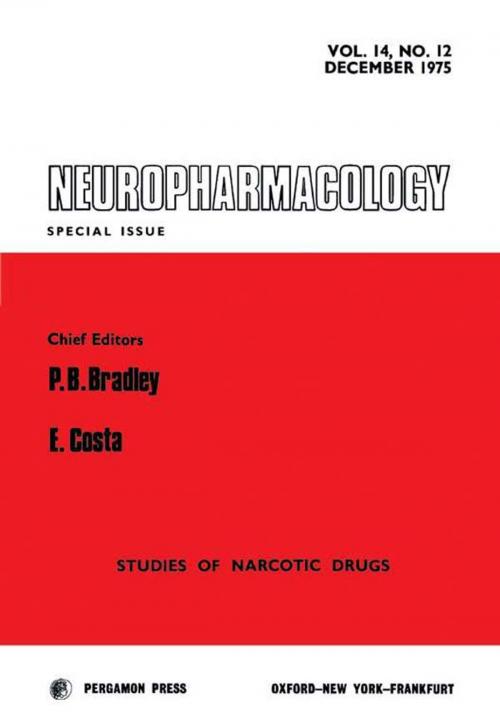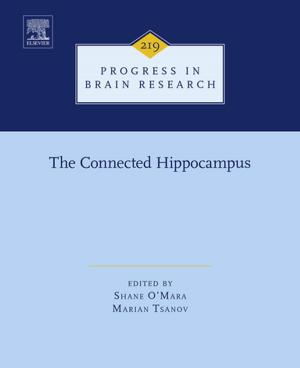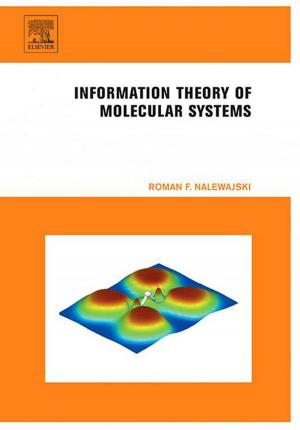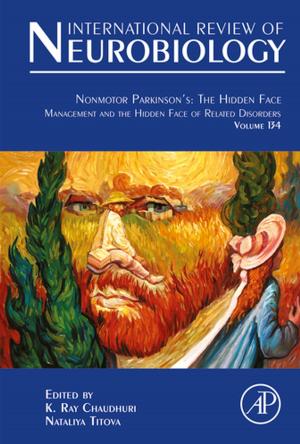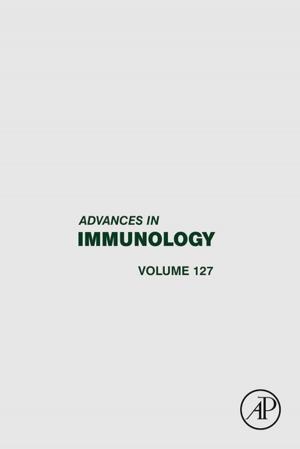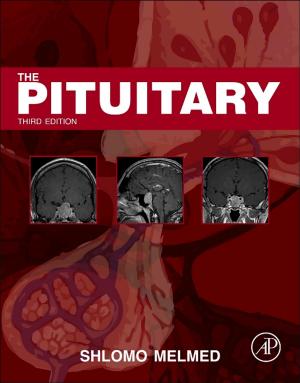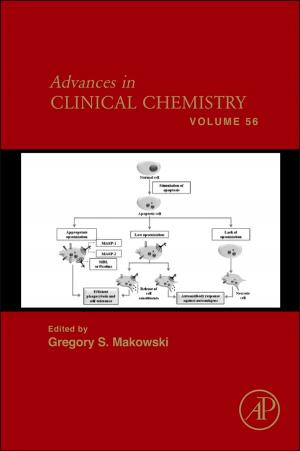Neuropharmacology
Studies of Narcotic Drugs
Nonfiction, Health & Well Being, Medical, Medical Science, Pharmacology| Author: | ISBN: | 9781483140001 | |
| Publisher: | Elsevier Science | Publication: | April 24, 2014 |
| Imprint: | Pergamon | Language: | English |
| Author: | |
| ISBN: | 9781483140001 |
| Publisher: | Elsevier Science |
| Publication: | April 24, 2014 |
| Imprint: | Pergamon |
| Language: | English |
Neuropharmacology is a collection of papers presented at a symposium of the XXVI International Congress of Physiological Sciences, held in New Delhi, India in 1974. Contributors focus on the neurochemical action of central analgesics and their biochemistry, particularly Viminol R2 and azidomorphine, based on evidence derived using neurohistochemical techniques.
This text is comprised of six chapters; the first of which deals with cholinergic mechanisms in narcotic analgesics. This topic is followed by a discussion on the research on the effects of drugs such as morphine on the central nervous system using amine fluorescence histochemistry; the effect of dextromoramide and methadone on dopamine metabolism in comparison with haloperidol and amphetamine; and the use of pharmacological models to predict opiate dependence. A chapter is devoted to a pharmacological study of the in vivo increase in the cyclic AMP content of rat striatum and nucleus accumbens due to the action of amphetamine, apomorphine, opiates, and antipsychotic drugs, along with the effect of this change on dopamine receptors.
This book will appeal to scientists representing all the major areas of pharmacology, including clinical pharmacology and toxicology, as well as to internists, psychiatrists, neurologists, and anesthesiologists.
Neuropharmacology is a collection of papers presented at a symposium of the XXVI International Congress of Physiological Sciences, held in New Delhi, India in 1974. Contributors focus on the neurochemical action of central analgesics and their biochemistry, particularly Viminol R2 and azidomorphine, based on evidence derived using neurohistochemical techniques.
This text is comprised of six chapters; the first of which deals with cholinergic mechanisms in narcotic analgesics. This topic is followed by a discussion on the research on the effects of drugs such as morphine on the central nervous system using amine fluorescence histochemistry; the effect of dextromoramide and methadone on dopamine metabolism in comparison with haloperidol and amphetamine; and the use of pharmacological models to predict opiate dependence. A chapter is devoted to a pharmacological study of the in vivo increase in the cyclic AMP content of rat striatum and nucleus accumbens due to the action of amphetamine, apomorphine, opiates, and antipsychotic drugs, along with the effect of this change on dopamine receptors.
This book will appeal to scientists representing all the major areas of pharmacology, including clinical pharmacology and toxicology, as well as to internists, psychiatrists, neurologists, and anesthesiologists.
